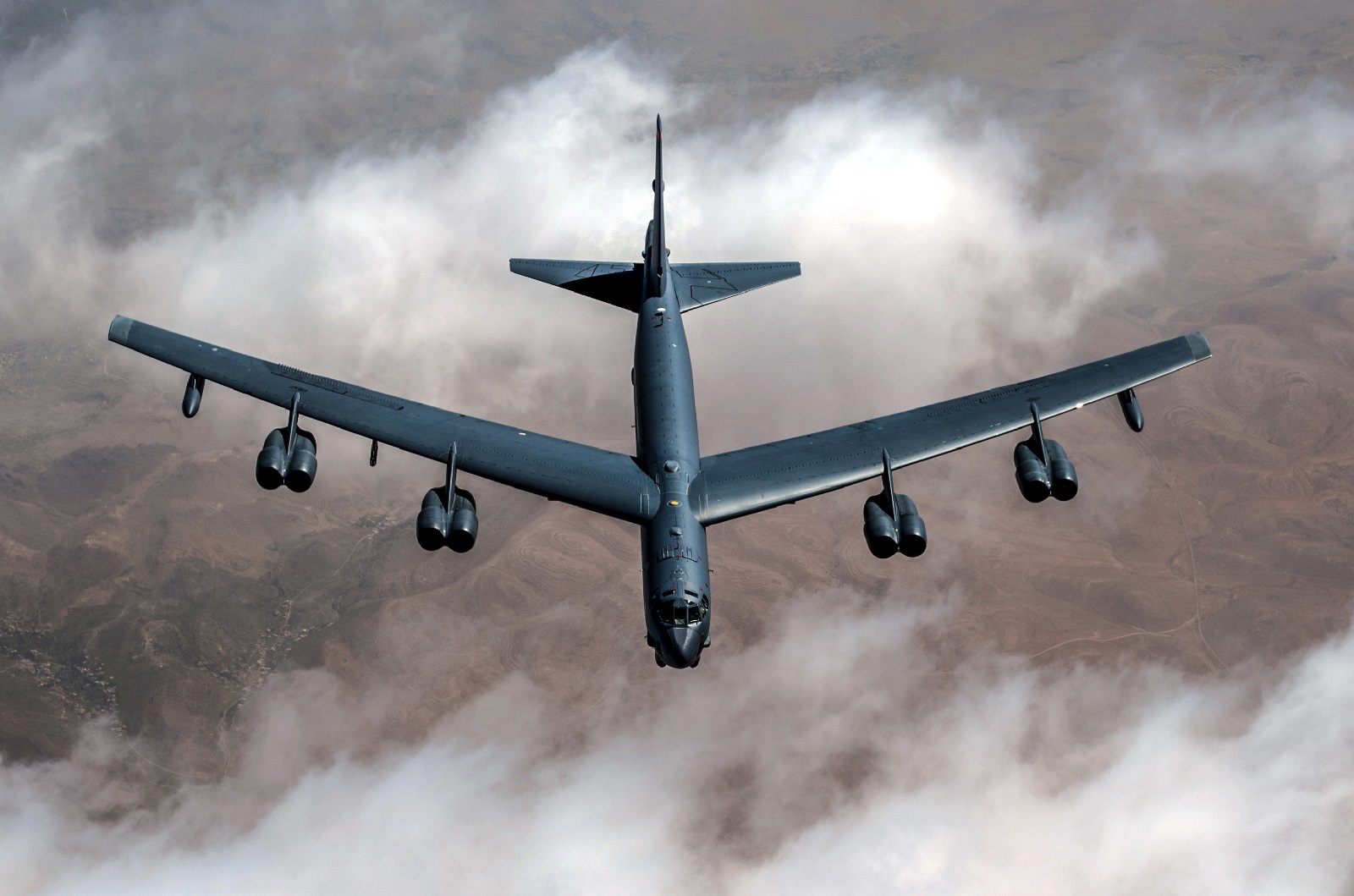
This Might Be the U.S. Air Force’s Next Big Problem
The U.S. Air Force still doesn’t have enough maintainers, the Government Accountability Office revealed in a February 2019 report.
The ongoing shortfall could jeopardize the flying branch’s efforts to the readiness of its fighter fleet to 80 percent in order to prepare for high-intensity warfare. A dearth of spare parts and a shortage of pilots exacerbate the maintainer shortfall.
The overall maintenance gap in 2019 is bad, the GAO explained. But it actually was worse in previous years.
“The Air Force reduced the overall gap between actual maintainer staffing levels and authorized levels from 4,016 maintainers (out of 66,439 authorized active component positions) in fiscal year 2015, to 745 in fiscal year 2017 (out of 66,559 positions).”
The overall numbers belie the seriousness of the shortage. Highly-experienced maintenance personnel are in shorter supply than are less-experienced maintainers. And that can have a knock-on effect on readiness, according to the GAO.
“In seven of the last eight fiscal years, the Air Force had staffing gaps of experienced maintainers—those who are most qualified to meet mission needs and are needed to train new maintainers.”
“Maintainers complete technical school as three-levels and initially lack the experience and proficiency needed to meet mission needs,” the accounting agency continued.
“Following years of on-the-job training, among other things, maintainers upgrade to the five- and seven-levels. In fiscal year 2017, the Air Force had gaps of more than 2,000 five-level and 400 seven-level maintainers and a surplus of over 1,700 three-levels. Air Force officials anticipate that staffing gaps will continue off and on through fiscal year 2023.”
That’s because experienced maintainers have been leaving the Air Force at a rate higher than the service can replace them.
“While overall maintainer loss rates have remained generally stable, loss rates of five-levels increased from nine percent in fiscal year 2010 to 12 percent in fiscal years 2016 and 2017,” the GAO explained. “Air Force officials expect seven-level loss rates to also increase.”
An attempt to throw money at the problem hasn’t worked as the Air Force hoped it would — and now the flying branch is running out of options. “While the Air Force has increased its use of retention bonuses since fiscal year 2015, according to Air Force officials, it does not have a strategy to improve retention.”
A lack of maintainers could make it more difficult for the flying branch to boost the readiness of its fighter fleet to 80 percent, as James Mattis, then the U.S. defense secretary, ordered in September 2018.
In a memo to the secretaries of the Army, Air Force and Navy and other top officials, Mattis cited “shortfalls in aviation squadrons across the force” that have led to “systemic underperformance, overcapitalization and unrealized capacity.”
He demanded the armed services achieve an 80-percent mission-capability rate for the F-16, F/A-18, F-22 and F-35 within a year. Eighty-percent readiness is “a number well above the mission capability rates those aircraft now achieve,” Defense News noted.
Mattis stepped down in January 2019 as a protest of Pres. Donald Trump’s dismissive treatment of America’s allies. Former Boeing executive Patrick Shanahan, who succeeded Mattis as acting defense secretary, has not cancelled Mattis’s readiness edict.
“Considering that F-16s had mission-capable rates of 70 percent or less in 2017, and F-22s and F-35s were at 49 percent and 55 percent, respectively,” boosting readiness to 80 percent “is going to take some doing,” Air Force Times reported.
“Experts agree the Air Force needs to do better on its fighter-jet maintenance. But even retired generalHawk Carlisle, former head of Air Combat Command, called it ‘a stretch goal – as an understatement.'”
According to Air Force Times, Air Force Secretary Heather Wilson said the Air Force would add military personnel and contractors to Air National Guard units in order to add a second maintenance shift and turn around jets more quickly. But fixing Air Guard units won’t necessarily help out active-duty units.
Wilson said the Air Force was improving its flow of spare parts — and would better track the life cycles of parts, as well as making greater use of 3D printing to make replacement parts, Air Force Times reported.
The Air Force isn’t only missing maintenance personnel and parts. As recently as mid-2018, the flying branch also was short 2,000 pilots, representing a roughly 10-percent aviator deficit.
This 10-percent aircrew gap could “break the force,” Wilson warned in 2017. That’s assuming the maintainer gap doesn’t break the force first.
David Axe serves as Defense Editor of the National Interest. He is the author of the graphic novels War Fix, War Is Boring and Machete Squad.


